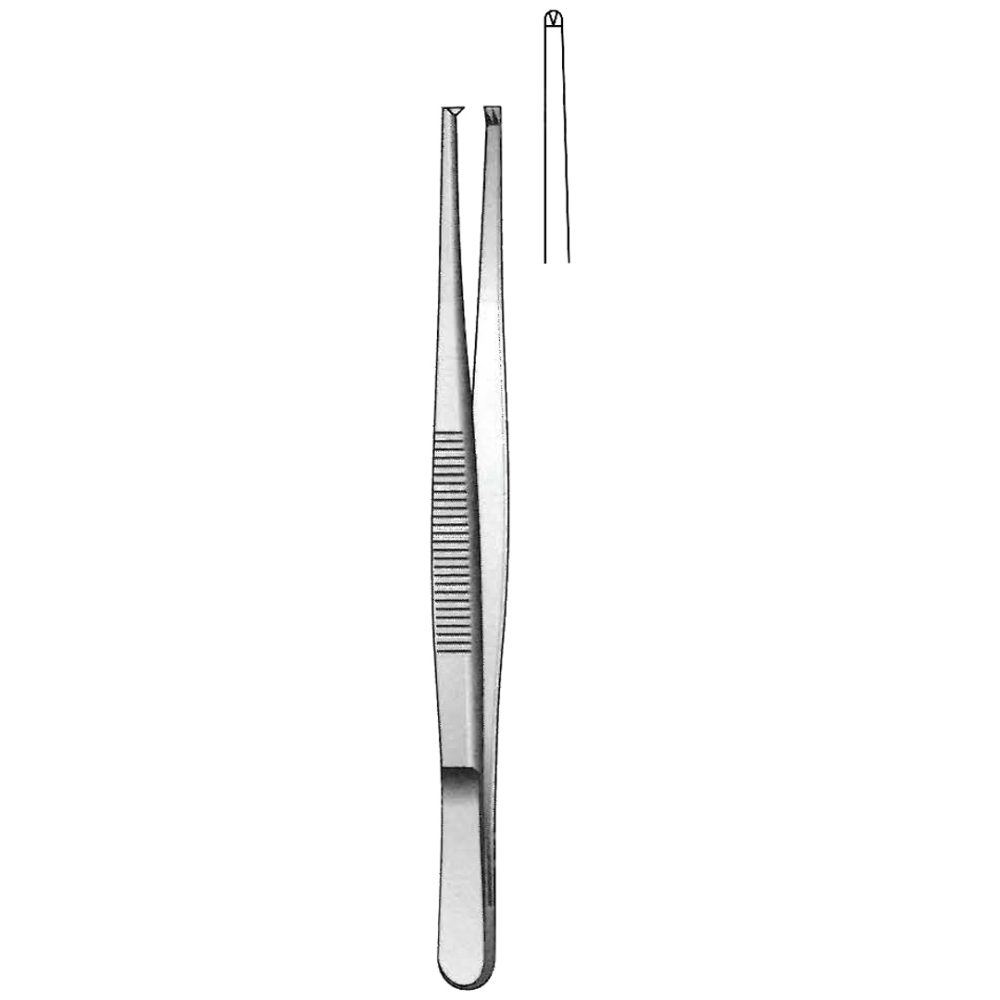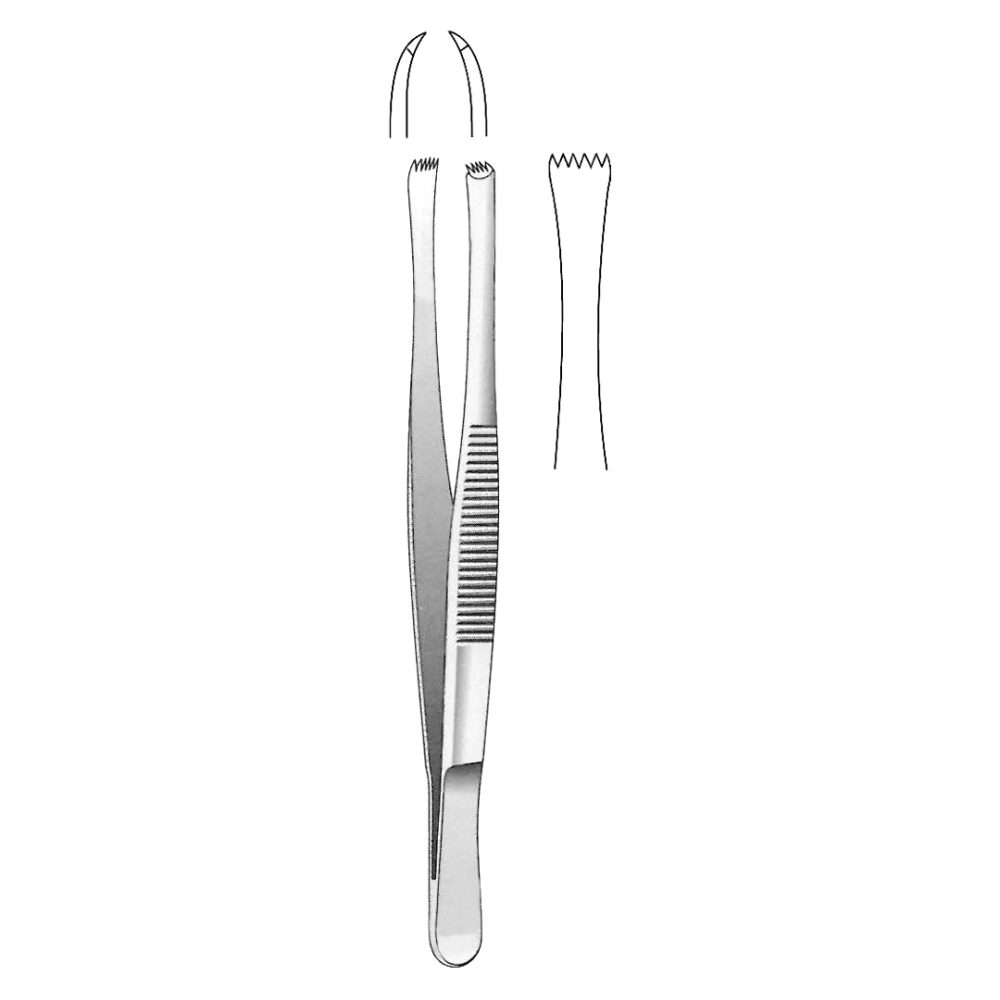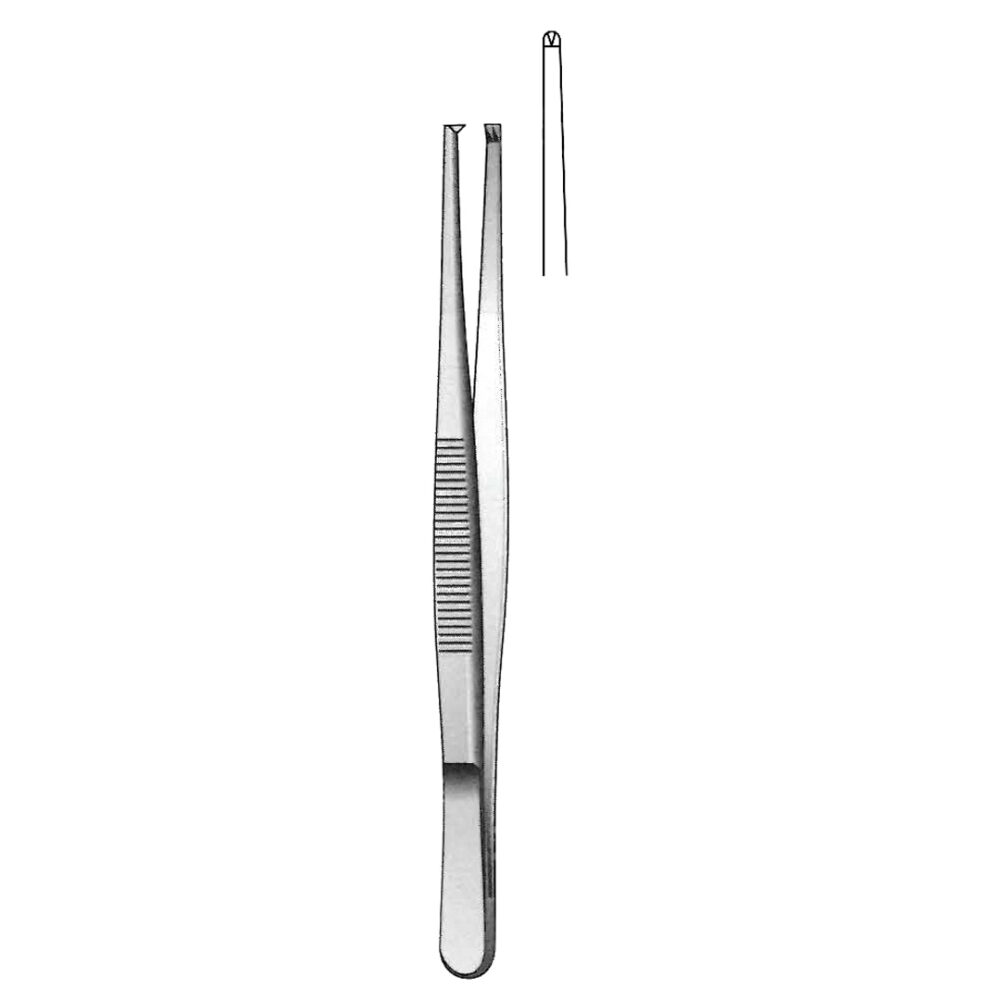Description
Dressing forceps are essential tools used in medical settings for handling dressings, bandages, and other wound care materials. These forceps come in various designs and sizes, each serving specific purposes in healthcare. Let’s explore the features, benefits, and importance of dressing forceps in modern medical practice.
Introduction to Dressing Forceps
Dressing forceps, also known as tweezers or hemostats, are precision instruments designed to grasp and manipulate dressings, sutures, and other medical supplies. They are commonly used during wound care procedures, surgeries, and dressing changes to ensure sterile handling and precise placement of materials.
Significance in Medical Practice
Dressing forceps play a crucial role in medical practice for several reasons:
- Sterile Handling: They enable healthcare providers to handle dressings and wound care materials in a sterile manner, reducing the risk of infections.
- Precision: The fine tips of dressing forceps allow for precise grasping and placement of small objects, ensuring accuracy in wound care procedures.
- Versatility: Dressing forceps come in various shapes and sizes, making them versatile tools for different medical tasks, from suturing to removing debris from wounds.
Features of Dressing Forceps
- Fine Tips: The fine, pointed tips of dressing forceps facilitate delicate handling of materials without causing damage.
- Locking Mechanism: Some dressing forceps feature a locking mechanism that allows for secure gripping of materials during procedures.
- Material Options: Dressing forceps can be made from stainless steel or disposable materials, providing options for single-use or reusable applications.
Benefits of Using Dressing Forceps
- Precision and Control: Dressing forceps offer precise control over handling dressings, sutures, and other medical supplies, ensuring accuracy in procedures.
- Reduced Contamination Risk: Their sterile design reduces the risk of contamination during wound care, promoting patient safety.
- Efficiency: Dressing forceps streamline wound care procedures by enabling quick and precise manipulation of materials, saving time and improving workflow.
Selecting the Right Dressing Forceps
Consider the following factors when choosing dressing forceps:
- Type of Procedure: Select dressing forceps based on the specific procedures and tasks they will be used for, ensuring compatibility and effectiveness.
- Size and Design: Choose dressing forceps with the appropriate size and design features, such as fine tips or locking mechanisms, to meet the requirements of the procedure.
- Material and Sterility: Ensure that dressing forceps are made from high-quality materials and are sterile or compatible with sterilization methods for safe use in medical settings.
Conclusion
Dressing forceps are indispensable tools in modern medical practice, providing precision, sterility, and versatility in wound care procedures. Their ability to handle dressings and medical supplies with accuracy and control contributes to improved patient outcomes and safety. By selecting the right dressing forceps and adhering to proper handling techniques, healthcare providers can enhance the quality of wound care and promote optimal healing for patients.











